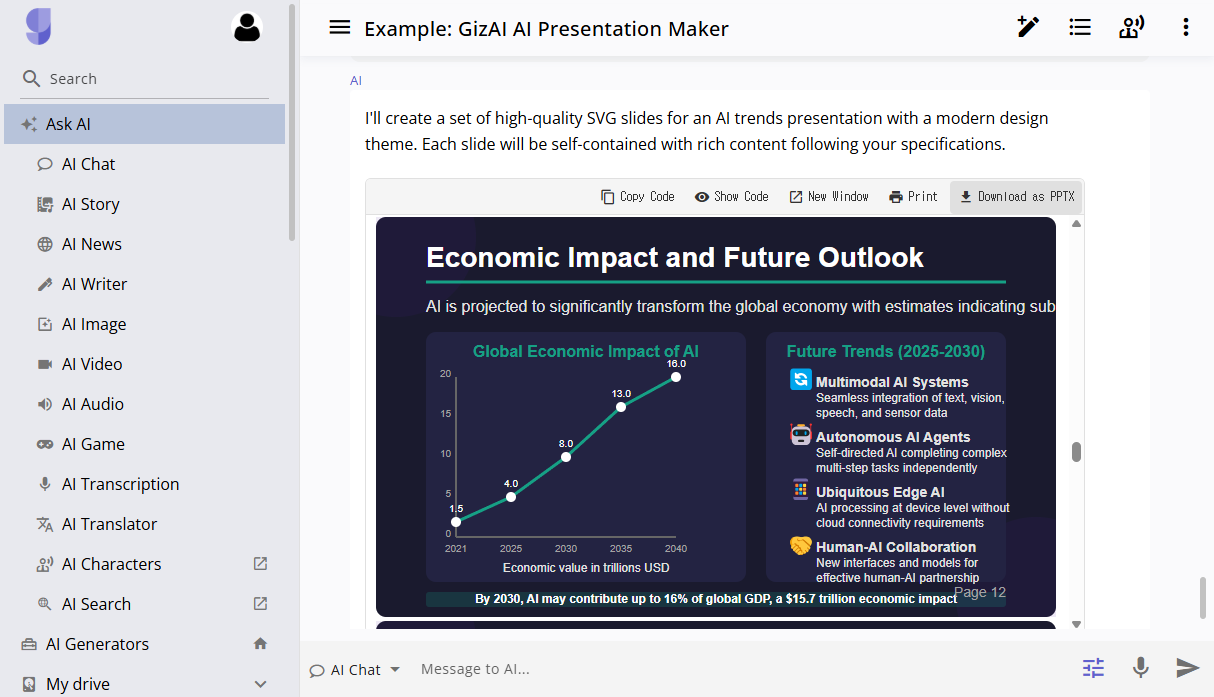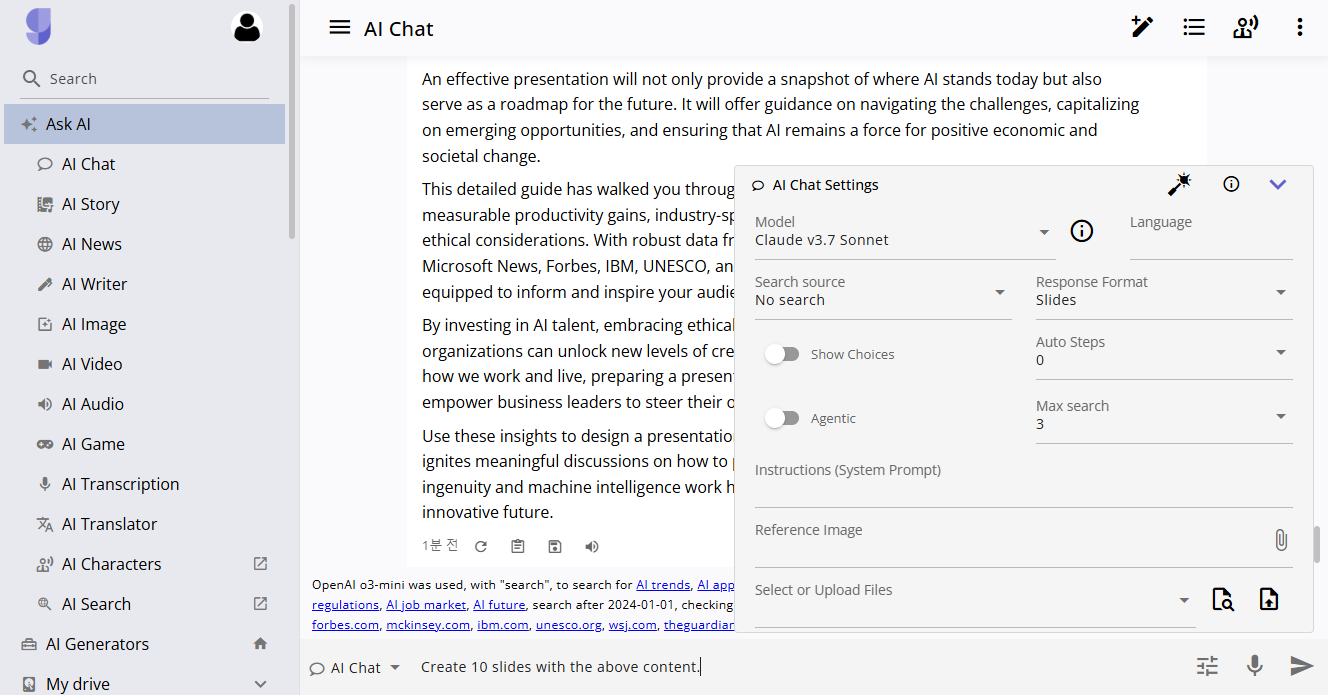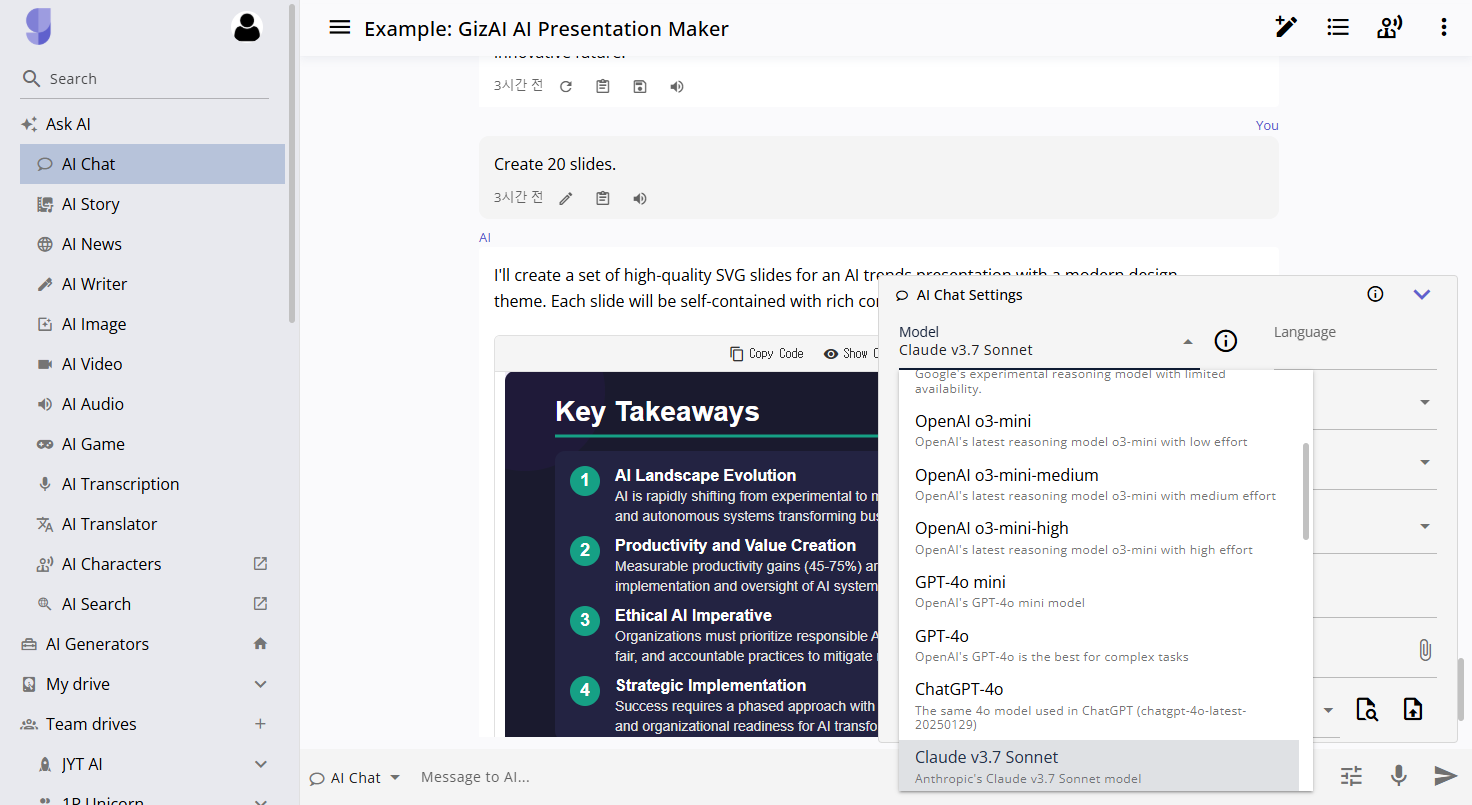
Ripple’s native cryptocurrency, XRP, has experienced a stunning surge in value following major regulatory news and market developments. In a decision that has sent shockwaves through the cryptocurrency industry, the U.S. Securities and Exchange Commission (SEC) recently dropped its appeal against Ripple Labs in a four-year legal battle. This article provides an in-depth analysis of the events leading to the surge, the impact on XRP and the broader crypto market, and what this means for the future of digital assets under evolving regulatory frameworks.
The End of a Four-Year Legal Battle
Ripple Labs, founded in 2012, created XRP as the native asset of the XRP Ledger to facilitate cross-border transactions. However, in December 2020, the SEC accused Ripple of conducting an unregistered securities offering by selling XRP worth approximately $1.3 billion. The lawsuit cast a long shadow over the crypto market, creating a climate of regulatory uncertainty and triggering a dramatic loss in market value for XRP holders—an estimated $15 billion wiped out from XRP’s capitalization over the years.
After years of legal wrangling, U.S. District Judge Analisa Torres delivered a landmark decision in 2023 that partially cleared Ripple by ruling that XRP was not a security when sold on public exchanges. The ruling, however, still left institutional sales in a legal gray zone. The SEC’s intent to appeal the decision maintained an ongoing atmosphere of uncertainty. Now, the SEC’s decision to drop its appeal marks a significant turning point for Ripple Labs and the cryptocurrency industry at large.
Ripple CEO Brad Garlinghouse declared the legal battle over on social media, stating,
“I’m finally able to announce that this case has ended. It’s over. This is a resounding victory for Ripple, for crypto, every way you look at it.”
This statement brought long-awaited relief to investors and market participants who had suffered through volatility precipitated by the lawsuit, and it signaled a new chapter of regulatory clarity.
XRP Price Surge: What Happened?
Following the SEC’s announcement, XRP’s market price soared by approximately 14%, reaching levels around $2.55 to $2.59. The surge in XRP’s price is a direct result of renewed investor confidence after years of uncertainty stemming from regulatory disputes. As the SEC stepped back from its aggressive stance, the market interpreted the decision as recognition of Ripple’s legal arguments and a broader move toward easing the regulatory landscape for cryptocurrency companies.
Key Factors Behind the Price Surge
-
Regulatory Clarity:
The SEC dropping its appeal has provided long-awaited clarity regarding the legal status of XRP. With the regulatory burden lifting, investors now see fewer risks associated with holding XRP, prompting increased buying interest. -
Favorable Rulings in Ripple’s Favor:
The 2023 court decision, which determined that XRP was not a security in secondary market transactions, has now been reinforced by the SEC’s decision to withdraw its appeal. The legal precedent now established is expected to influence future regulatory frameworks for digital assets in the United States. -
Market Sentiment and Investor Confidence:
The withdrawal of the SEC’s appeal is seen as a victory for the entire cryptocurrency industry. Ripple’s decisive victory has ignited bullish sentiment among investors who now hope that other crypto regulations may also become more favorable toward digital assets. This sentiment has led to not only a spike in XRP’s price but also an overall boost in market sentiment across the crypto space. -
Ripple’s Strategic Partnerships and Innovation:
Ripple’s longstanding efforts to integrate XRP into global financial systems—especially in cross-border payments—continue unabated. The firm has maintained partnerships with banks and payment providers across the world. With the SEC case now behind them, these partnerships are expected to expand further, driving heightened adoption and increased demand for XRP. -
Wider Regulatory Easing in the Crypto Industry:
The SEC’s decision to scale back enforcement actions against major players such as Coinbase, Uniswap Labs, and Kraken indicates a broader shift toward a more accommodating regulatory environment for digital assets. This change not only benefits Ripple and XRP but also suggests that the U.S. is moving toward a more crypto-friendly future, further boosting market confidence.
Ripple’s Path Forward: Turning a Legal Battle into a Catalyst for Growth
With the SEC appeal now off the table, Ripple Labs is poised to leverage its legal victory as a springboard for future growth. CEO Brad Garlinghouse has articulated a visionary agenda, urging industry unity and calling for the United States to become the “crypto capital of the world.” This perspective underlines Ripple’s commitment to using its newfound regulatory clarity to expand its global presence and develop innovative blockchain-based payment solutions.
Institutional Adoption and Market Expansion
Ripple’s victory may provide the impetus for increased institutional adoption of XRP. For years, banks and financial institutions have hesitated to engage with digital assets due to unclear regulatory frameworks. Now, with a clear legal precedent affirming that XRP is not a security for retail sales, these players may feel more secure in exploring XRP’s potential as a bridge currency in cross-border transactions.
This potential shift toward more widespread institutional adoption could have a profound impact on XRP’s liquidity and market depth. Historically, institutional involvement tends to catalyze price stability and long-term growth by bringing more robust capital into the market. By addressing regulatory uncertainties, Ripple can focus on nurturing partnerships that foster innovation in global financial systems.
Technological Innovation and Improved Payment Systems
Ripple’s vision extends beyond mere financial performance. The company has been a pioneer in exploring how blockchain technology can revolutionize cross-border payments. XRP’s underlying technology ensures transactions are fast, cost-effective, and scalable, making it an attractive option for global remittance and interbank transactions. With regulatory issues resolved, Ripple is well-positioned to enhance its technological offerings and possibly develop new protocols that further streamline digital payments.
Developments such as RippleNet, Ripple’s global payments network, exemplify how the company marries technology with real-world applications. As more banks and financial institutions integrate Ripple’s technology into their operating models, the practical utility of XRP could increase exponentially, leading to further upward pressure on its value.
Ripple’s Potential Impact on U.S. Crypto Regulations
The SEC’s decision to drop its appeal in the Ripple case could have far-reaching implications for the entire cryptocurrency industry. Regulatory clarity in this case sets a significant legal precedent, one that may encourage the SEC and other regulatory bodies to adopt more balanced and clear regulatory frameworks for digital assets. This, in turn, could spur an environment in which innovation is rewarded rather than stifled.
Under new leadership and an evolving regulatory philosophy, the U.S. government appears to be pivoting toward an approach that recognizes the unique challenges and opportunities presented by cryptocurrencies. With clearer guidelines, crypto companies may now feel empowered to innovate without the persistent threat of legal jeopardy. Ripple’s success in navigating these legal hurdles may serve as a blueprint for other companies struggling with similar regulatory battles.
Technical Analysis: Signs That XRP Is Ready for a Major Rally
Beyond the legal and regulatory developments, technical indicators in XRP’s recent price movements suggest that the asset may be preparing for a significant rally. In the days leading up to the recent surge, XRP had traded lower, with technical analysts noting oversold conditions and a falling wedge pattern in the Relative Strength Index (RSI). Such patterns are often precursors to a robust price reversal.
Key Chart Indicators
-
Relative Strength Index (RSI):
The RSI for XRP had been declining over several weeks, descending into oversold territory. A bounce in RSI levels is typically interpreted as a sign that the selling pressure has exhausted itself and that the asset is ready for a rebound. -
Fibonacci Retracement Levels:
Traders have identified short-term support levels around key Fibonacci retracement levels. Once these levels hold, they provide a technical foundation for price appreciation. The recent rally past critical support levels reinforces the likelihood of further upward movement. -
Volume Spikes:
The surge in XRP’s price has been accompanied by increases in trading volume, suggesting that the bullish sentiment is supported by substantial market activity. High trading volumes are essential for sustaining a rally, as they reflect genuine investor interest rather than short-term speculative moves. -
Moving Averages:
Short-term moving averages (such as the 50-day and 200-day moving averages) have begun to converge, a technical signal that often indicates the end of a downtrend and the beginning of upward momentum. With these technical factors aligning, analysts have expressed cautious optimism about XRP’s ability to sustain its recent gains.
Market Outlook: Ripple’s Ripple Effect on the Crypto Industry
The SEC’s decision to drop its appeal and the subsequent surge in XRP’s price have not only benefited Ripple but have also had a positive ripple effect on the broader crypto market. As regulatory clarity improves, other digital assets may witness increased investor confidence and renewed institutional interest.
Broad Market Sentiment
Investors across the cryptocurrency spectrum are taking note of the shift in regulatory tone. With the SEC scaling back its aggressive stance on several high-profile enforcement cases, the overall environment appears to be transitioning toward one of cautious optimism. This development has potential implications beyond XRP:
-
Increased Liquidity and Market Stability:
As regulatory uncertainties diminish, capital that had been on the sidelines may return to the market, increasing liquidity and helping stabilize prices across multiple digital assets. -
Enhanced Global Adoption:
With the U.S. potentially emerging as a leader in crypto-friendly policy, global investors may perceive an added layer of security when investing in U.S.-based digital assets. This could spark an influx of international capital and foster further adoption of cryptocurrencies. -
Future Regulatory Precedents:
The positive legal resolution experienced by Ripple could serve as a benchmark for future cases involving digital assets. Other crypto companies facing regulatory battles may draw on Ripple’s experience to negotiate better outcomes or to lobby for clearer, more beneficial regulatory standards.
Institutional Implications
The SEC’s retreat from the enforcement landscape, combined with Ripple’s legal victory, has significant implications for institutional investors. Historically, regulatory clarity has been a prerequisite for many institutional investors to enter the market. With longstanding legal battles behind them, crypto-focused institutional funds may now find it more attractive and less risky to deploy capital into digital assets, including XRP.
Institutional involvement typically leads to greater price stability and can fuel long-term growth by providing a steady influx of capital. Furthermore, as wider participation drives liquidity, price manipulation—often a concern in the crypto markets—may become less of an issue, further reinforcing investor confidence.
Challenges and Opportunities Ahead
While the recent surge in XRP’s price is undoubtedly a positive development, Ripple and the crypto industry still face several challenges. Navigating the transition from an era defined by regulatory uncertainty to one characterized by clearer guidelines will require strategic adjustments and ongoing innovation.
Remaining Regulatory Questions
Despite the positive outcome in the Ripple lawsuit, some regulatory questions remain unresolved. For instance, while retail sales of XRP are now clarified as not constituting a security, the classification of institutional sales is still a contentious issue. Ripple may need to consider further legal steps or adjustments in its market strategy to address these concerns comprehensively.
Moreover, as other regulators worldwide take note of the U.S. decision, there may be pressure to harmonize regulatory frameworks internationally. Ripple’s ability to adapt to these evolving global standards will be a crucial determinant of its long-term success.
Technological and Operational Challenges
As Ripple expands its global outreach and deepens its integration with financial institutions, it must continuously upgrade its technological infrastructure. The demands of real-time cross-border payments, high transaction throughput, and enhanced security are ever-increasing. Ripple’s continued investment in blockchain technology and innovation will be critical to maintaining its competitive edge.
In addition, operational risks such as cyber threats and technical glitches—though not new to the industry—remain an inherent challenge. Ripple’s track record in securing its platforms and maintaining robust operational practices will need to be exemplary to instill further confidence among its current and potential users.
Expanding Use Cases Beyond Payments
Another significant opportunity for Ripple lies in expanding the use cases of XRP. While its primary function remains facilitating seamless cross-border transactions, XRP can also act as a bridge asset in emerging areas such as decentralized finance (DeFi) and central bank digital currencies (CBDCs). As governments and financial institutions explore alternative digital payment systems, Ripple’s expertise in blockchain technology positions it well to capture new market segments.
If Ripple can successfully diversify its applications for XRP, it could unlock additional demand drivers that further support its price and market capitalization over the long term.
Expert Opinions and Price Predictions
The recent developments have led to a flurry of analyses and price predictions from renowned market analysts and technical experts. Many have noted that XRP’s current trajectory, buoyed by both legal and technical fundamentals, could set the stage for a sustained rally.
Some technical analysts highlight that important support levels around $2.20 to $2.30 need to hold for further upside, while bullish signals from the RSI and moving averages suggest that XRP might be primed for a long-term upward trend. Predictions range from moderate rallies pushing XRP to mid-$3 levels in the short term, to more ambitious forecasts where XRP could approach $5 or higher in the coming months if institutional adoption accelerates.
Analysts also point to historical trends in the crypto market, noting that when regulatory uncertainty dissipates, capital accumulation follows swiftly. Ripple’s case now stands as a landmark example of how overcoming legal challenges can propel a cryptocurrency from a state of volatility to one of robust growth.
Global Impact: What This Means for the Crypto Industry
Ripple’s legal victory and XRP surge are more than just isolated events; they could herald a paradigm shift for the entire crypto industry. With the SEC’s withdrawal from several high-profile enforcement cases, the broader market is poised to experience a wave of regulatory leniency that may benefit many digital assets.
Shaping Future Registrations and Listings
For crypto exchanges and wallet providers, a clearer regulatory landscape reduces the risk of delistings and freezes on the assets they support. This change is expected to promote a healthier ecosystem where innovation can flourish without the looming threat of sudden regulatory crackdowns. In turn, this environment fosters trust among users and investors alike.
Encouraging Innovation in Financial Services
Banks and financial institutions have long been cautious in integrating blockchain technology due to regulatory ambiguities. Ripple’s clear legal win is likely to accelerate efforts by these institutions to adopt more advanced digital payment systems and explore blockchain-driven solutions. Such innovation not only bolsters Ripple’s market position but also paves the way for further technological breakthroughs across the financial services industry.
Fostering International Regulatory Alignment
Ripple’s experience could serve as a case study for international regulators as they strive to develop harmonized frameworks for digital assets. As countries observe the benefits of clear and balanced regulation, there is an opportunity for a coordinated effort to protect consumers while allowing innovation to thrive. This international alignment could further boost market stability and encourage cross-border collaboration in the emerging digital economy.
Conclusion
The recent surge in XRP’s price, driven by the SEC’s decision to drop its appeal in the legal battle against Ripple, marks a turning point for the cryptocurrency industry. Ripple’s legal victory not only provides critical regulatory clarity but also reinvigorates investor confidence and sets a promising outlook for both XRP and the broader crypto market.
As Ripple embarks on a new phase—characterized by increased institutional adoption, technological innovation, and a more favorable regulatory environment—the entire digital asset ecosystem stands to benefit from the ripple effects. Investors, banks, and technology providers are now better positioned to explore the myriad opportunities that this evolving landscape presents.
While challenges remain, the combination of strong legal precedents and robust technical indicators suggests that XRP is well on its way to establishing itself as a key player in the global digital economy. Market participants will be watching closely as Ripple leverages this momentum to drive further innovation, expand its network of partnerships, and help shape the future of cryptocurrency regulation.
FAQ
Q1: What led to the recent surge in XRP’s price?
A1: The recent surge in XRP’s price is largely attributed to the SEC’s decision to drop its appeal against Ripple in a four-year legal battle. This action removed significant regulatory uncertainty surrounding XRP, boosting investor confidence and leading to a 14% increase in its market value.
Q2: How long did the legal battle between Ripple and the SEC last?
A2: The legal battle spanned over four years, starting in December 2020, during which the SEC accused Ripple of conducting an unregistered securities offering. A ruling in 2023 partially cleared Ripple by stating that XRP was not a security when sold on public exchanges.
Q3: How is the regulatory decision expected to impact the broader crypto market?
A3: The withdrawal of the SEC’s appeal is expected to have a positive ripple effect across the crypto market. It provides regulatory clarity, enhances market sentiment, encourages institutional participation, and may lead to similar easing of regulations for other digital assets.
Q4: What technical signals support XRP’s potential for further growth?
A4: Technical signals include an oversold RSI indicating that selling pressure has eased, supportive Fibonacci retracement levels, increased trading volumes, and converging short-term moving averages (50-day and 200-day). These indicators suggest that XRP may be ready for a sustained rally.
Q5: How might Ripple leverage this legal victory for future growth?
A5: Ripple can use the legal victory to drive wider institutional adoption by reassuring investors that XRP is legally compliant for retail transactions. Furthermore, the company can expand its global network of banking partnerships, further develop its blockchain payment technology, and explore new use cases in DeFi and CBDCs.
Q6: What are the potential challenges Ripple might face moving forward?
A6: Despite the victory, Ripple still faces unresolved regulatory questions regarding the classification of institutional XRP sales and the need for continued technological innovation to address operational challenges. Additionally, global regulatory harmonization and overcoming potential cyber threats remain areas that require ongoing focus.
Reference List at the End
-
Barron’s – “XRP surges after Ripple CEO says SEC drops its case”
-
CNBC – “Ripple’s legal battle and its impact on XRP price”
-
CryptoTimes – “XRP price surges 14% as SEC drops Ripple lawsuit after 4 years”
-
TradingView – “XRP Turnaround Moment? Analyst Says It’s Lift-Off Time”
-
CoinCentral – “Breaking: SEC Drops Appeal in Case Against Ripple, XRP Price Surges”
-
FXEmpire – “XRP Soars 14% as SEC drops appeal – Is a Major Rally Ahead?”
-
Reuters – “Record 2024 temperatures speed up ice loss” (contextual for market reaction insights)
By addressing both the legal and technical narratives, this article showcases how Ripple and XRP are not only overcoming significant past challenges but are also poised to drive future innovations in the cryptocurrency space. The evolving regulatory framework, combined with technological enhancements and renewed investor trust, suggests a promising horizon for XRP and the broader crypto market.





































